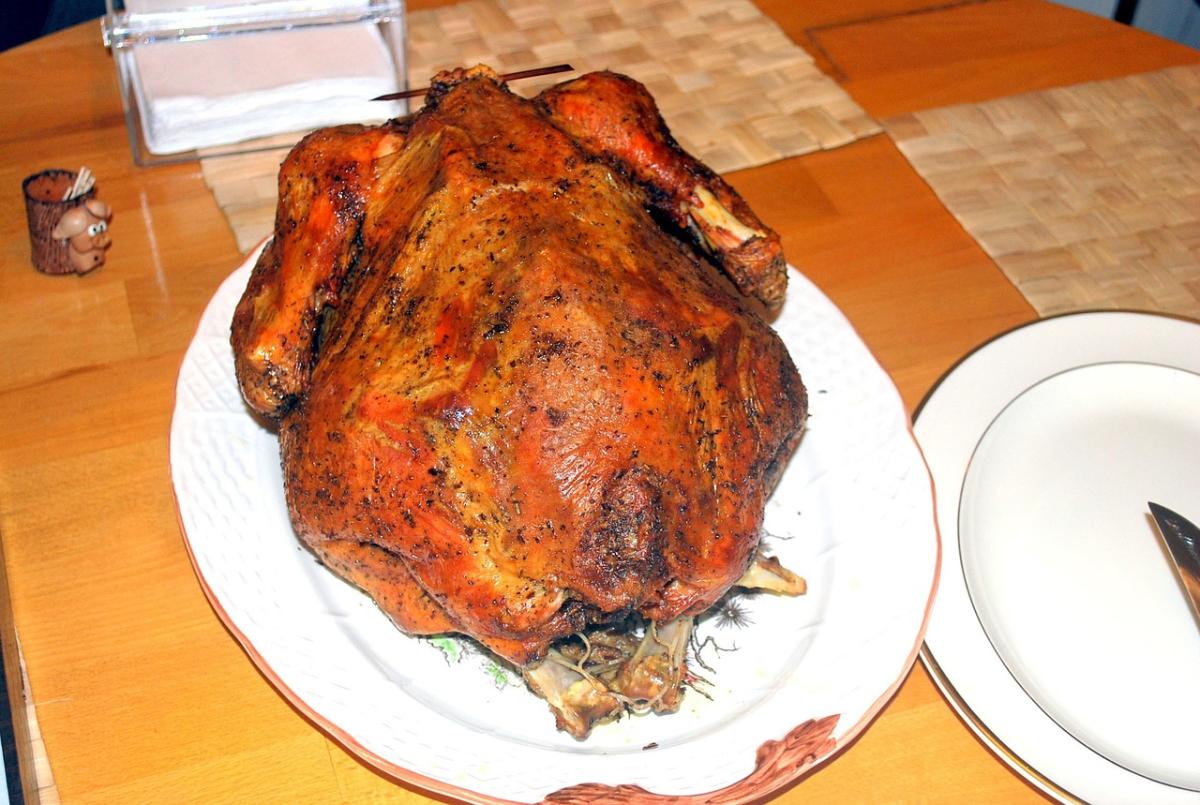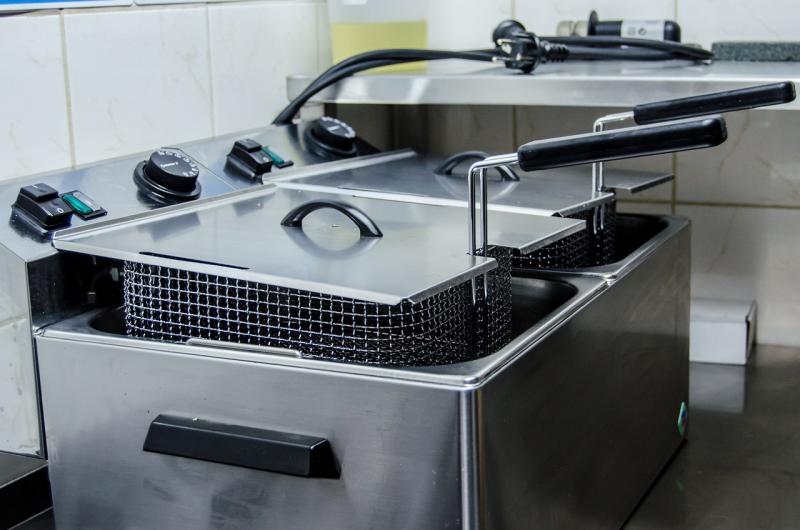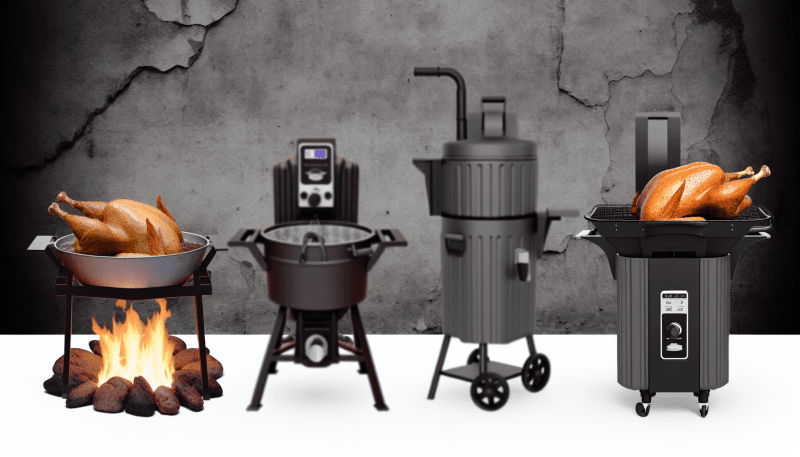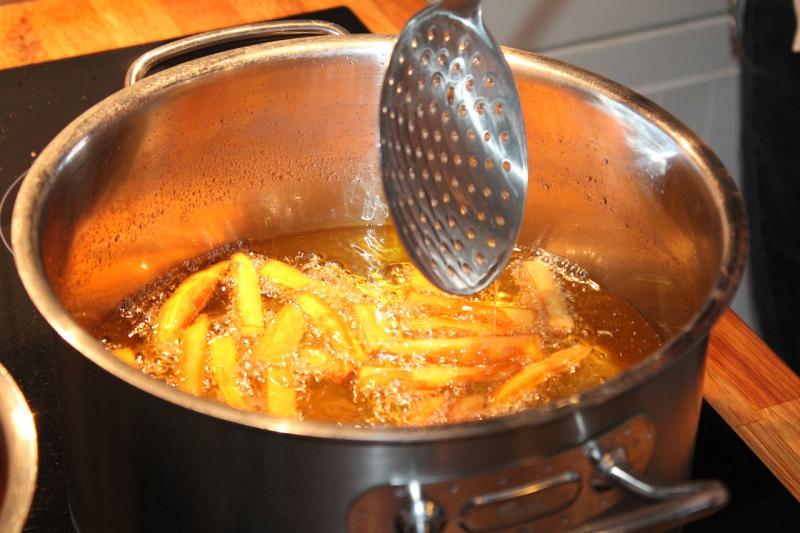When it comes to frying a turkey, one of the most important decisions you’ll make is choosing the right size. The size of your turkey can significantly impact cooking time, flavor, and overall results. Generally, the rule of thumb is to estimate about 1 to 1.5 pounds of turkey per person. This means if you’re hosting a gathering of 10 people, a 10 to 15-pound turkey should suffice.
It’s essential to consider the size of your fryer as well. Most turkey fryers have a weight limit, typically around 14 to 20 pounds. If your turkey is too large for your fryer, it might not cook evenly, leading to an undercooked interior or overcooked exterior. Always check the specifications of your fryer to ensure your turkey fits comfortably. Remember that you want enough space for the oil to bubble and circulate around the bird.
Additionally, think about leftovers! If your guests love turkey and you have the storage space, a slightly larger bird might be a good idea. Leftover fried turkey makes for excellent sandwiches or salads the next day. Just ensure that you properly refrigerate any leftovers to keep them safe for future meals.
Essential Frying Equipment You Need
To achieve the perfect crispy turkey, having the right frying equipment is essential. First and foremost, you will need a sturdy and reliable turkey fryer. There are two main types: propane and electric. Propane fryers are popular for outdoor cooking, providing high heat quickly, while electric fryers offer convenience and safety, especially for indoor use. Choose one according to your cooking style and space availability.
Along with the fryer, a good quality thermometer is crucial. A digital probe thermometer helps monitor the oil temperature accurately, ensuring your turkey cooks evenly and achieves that golden crispy skin. Keeping the oil temperature stable, typically around 350°F (175°C), is key to perfect frying. Make sure you have a thermometer that can handle high heat and is easy to read.
An oversized, heavy-duty pot is also a must-have if you're using a stovetop method. Look for a pot that can comfortably fit your turkey while allowing enough oil to fully submerge it. Additionally, don't forget to have a lid on hand to cover the pot while frying, as it helps to retain heat and reduces splatter.
Lastly, safety gear cannot be overlooked. A pair of heat-resistant gloves will protect your hands while handling hot equipment. Safety goggles are also recommended to shield your eyes from any potential splatters. Having a fire extinguisher nearby is a wise precaution, especially when frying with oil, as it can be flammable if temperatures get too high.
Preparing Your Turkey for Frying
Before you dive into frying your turkey, it's essential to prepare it properly. Start by selecting the right type of turkey. A frozen turkey can lead to dangerous splatter if not thawed completely. Aim for a fresh or fully thawed turkey, weighing between 10 to 12 pounds, as these sizes are ideal for frying.
Next, you'll want to remove any giblets and pat the turkey dry with paper towels. Moisture is the enemy when frying, as it can cause the oil to splatter. Make sure to dry the cavity as well, so there’s no water to interfere with your frying process. If you're considering brining your turkey for added flavor, be sure to do so at least 24 hours in advance, and again, dry it well before frying.
Another important step is to season your turkey. You can apply a dry rub or marinate it in advance for extra flavor. Just remember to give the seasoning enough time to penetrate the meat; a few hours to overnight is ideal. If you choose to stuff your turkey, use caution, as stuffing affects cooking times and can make the bird unevenly cooked.
Once your turkey is prepared, it's crucial to double-check that you have all your frying equipment ready. Ensure your fryer is clean and in good condition, and have a reliable thermometer on hand to monitor the oil's temperature. With these steps completed, you're all set for a deliciously crispy fried turkey!
Safe Frying Techniques for Success
Frying a turkey can lead to a crispy, delicious meal, but safety must be your top priority. One of the safest frying techniques is to use an outdoor fryer specifically designed for turkey. These fryers can contain high temperatures and help prevent any accidental spills or fires. Always place your fryer on a stable, flat surface, away from any structures or flammable materials.
Before you begin frying, make sure to thaw your turkey completely. A frozen turkey can cause the oil to splatter dangerously. To check if your turkey is thawed, try the "water test": submerge it in water, and if it floats, it’s not fully thawed yet. Additionally, be sure to pat the turkey dry with paper towels, as any moisture will cause the oil to bubble and could potentially lead to an overflow.
Use a probe thermometer to monitor the temperature of the oil. It should be heated to about 350°F for optimal frying. Never leave the fryer unattended while it’s in use. An infrared thermometer can be a handy tool to ensure even heat distribution. Once your oil is at the right temperature, gently lower the turkey into the pot to avoid splashing.
After frying, allow the oil to cool completely before disposing of it. Store leftover oil in a safe container for future use, as long as it doesn’t have an off smell or taste. Always wear protective gear, including gloves and goggles, to shield yourself from heat and splashing oil. Following these safe frying techniques will help ensure that your turkey frying experience is both delicious and safe.



